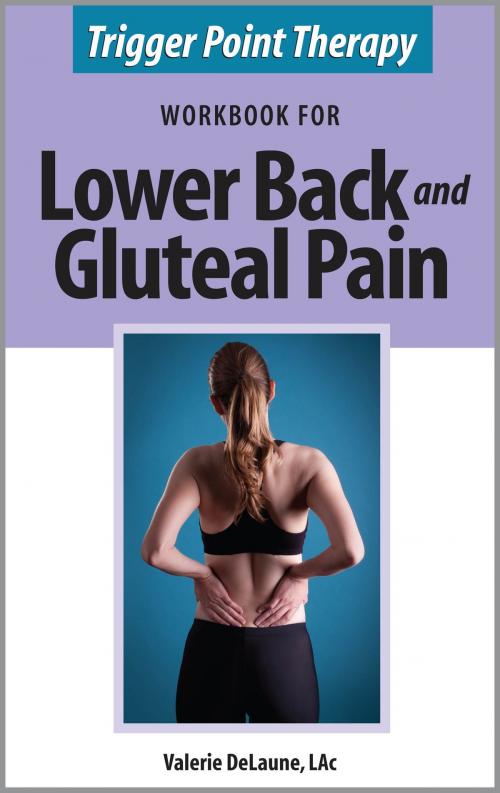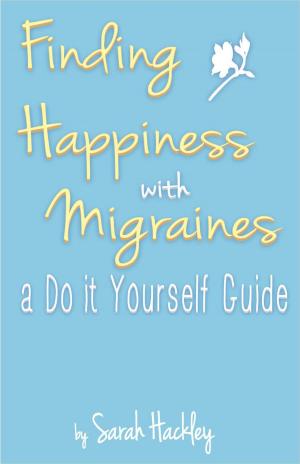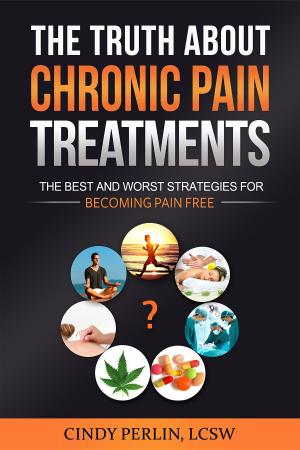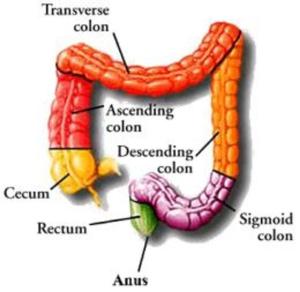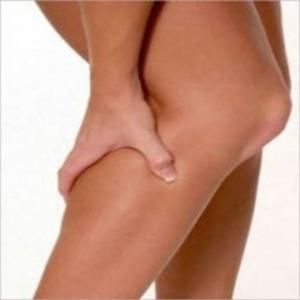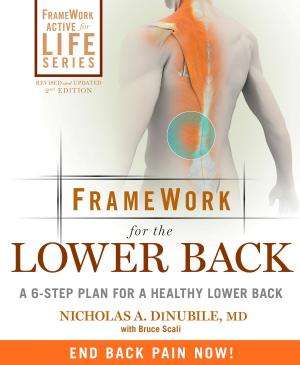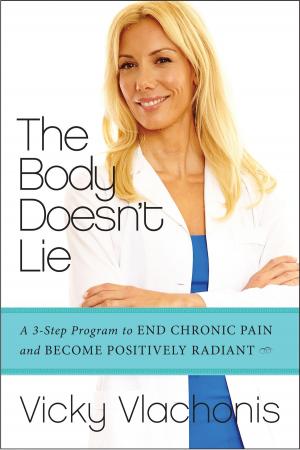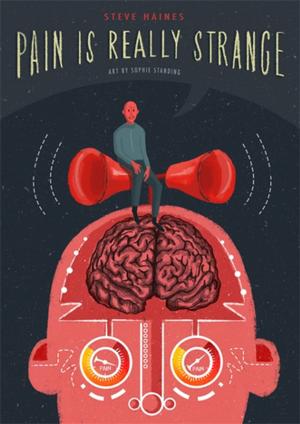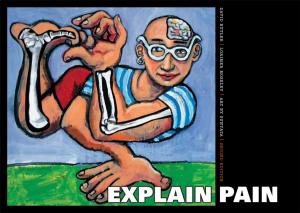Trigger Point Therapy Workbook for Lower Back and Gluteal Pain
Nonfiction, Health & Well Being, Health, Ailments & Diseases, Musculoskeletal, Pain Management| Author: | Valerie DeLaune | ISBN: | 9780976124658 |
| Publisher: | Valerie DeLaune | Publication: | December 31, 2012 |
| Imprint: | Smashwords Edition | Language: | English |
| Author: | Valerie DeLaune |
| ISBN: | 9780976124658 |
| Publisher: | Valerie DeLaune |
| Publication: | December 31, 2012 |
| Imprint: | Smashwords Edition |
| Language: | English |
75% of pain is caused by trigger points (areas of contracted cells in muscle tissue), but they are drastically under-diagnosed as the source of pain. Trigger points may refer pain and other symptoms both in the local area and/or to other areas of the body, but since over 74% of trigger points are not located in the area where you feel pain, treating the local area does not resolve the problem most of the time. The most common "referral patterns” have been well documented and diagrammed over decades of research.
The introductory chapter of this e-book includes general guidelines for self-help techniques and muscle care. Chapter 2 contains a diagram of a body divided into zones, with a list of muscles that may contain trigger points which are referring pain and other symptoms to each zone, so that you will know which subsequent chapters you need to read.
By clicking on the pertinent muscle chapter links from the table of contents, your e-book reader takes you to each chapter that may harbor trigger points that are the source of your pain. You'll find illustrations of common pain referral patterns that you can compare with your symptoms, and this will help you figure out where the common trigger points causing your pain are likely located. Along with outlining the common symptoms and causes for trigger points for each muscle, there are lists of "helpful hints" for resolving trigger points. Self-help techniques are written out and accompanied by detailed photos to guide you through the techniques.
Conditions such as pain in the lumbar and buttocks area, sciatica or pseudo-sciatica, piriformis syndrome, and lumbago are addressed. Trigger points may also cause symptoms such as diarrhea, menstrual pain, nausea, vomiting, belching, testicular pain, frequent urination, and other symptoms that mimic pain from internal organ diseases.
This e-book draws on the decades of research by Doctors Janet Travell and David G. Simons, combined with the 23 years of clinical experience of Acupuncturist, Neuromuscular Therapist, and author Valerie DeLaune, LAc.
75% of pain is caused by trigger points (areas of contracted cells in muscle tissue), but they are drastically under-diagnosed as the source of pain. Trigger points may refer pain and other symptoms both in the local area and/or to other areas of the body, but since over 74% of trigger points are not located in the area where you feel pain, treating the local area does not resolve the problem most of the time. The most common "referral patterns” have been well documented and diagrammed over decades of research.
The introductory chapter of this e-book includes general guidelines for self-help techniques and muscle care. Chapter 2 contains a diagram of a body divided into zones, with a list of muscles that may contain trigger points which are referring pain and other symptoms to each zone, so that you will know which subsequent chapters you need to read.
By clicking on the pertinent muscle chapter links from the table of contents, your e-book reader takes you to each chapter that may harbor trigger points that are the source of your pain. You'll find illustrations of common pain referral patterns that you can compare with your symptoms, and this will help you figure out where the common trigger points causing your pain are likely located. Along with outlining the common symptoms and causes for trigger points for each muscle, there are lists of "helpful hints" for resolving trigger points. Self-help techniques are written out and accompanied by detailed photos to guide you through the techniques.
Conditions such as pain in the lumbar and buttocks area, sciatica or pseudo-sciatica, piriformis syndrome, and lumbago are addressed. Trigger points may also cause symptoms such as diarrhea, menstrual pain, nausea, vomiting, belching, testicular pain, frequent urination, and other symptoms that mimic pain from internal organ diseases.
This e-book draws on the decades of research by Doctors Janet Travell and David G. Simons, combined with the 23 years of clinical experience of Acupuncturist, Neuromuscular Therapist, and author Valerie DeLaune, LAc.
